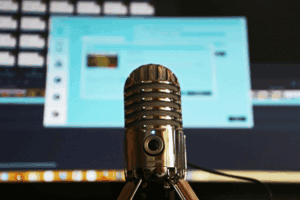There’s a lot to know about podcast advertising. It can feel a bit overwhelming at first, especially if you court sponsors who know how to play the game. To help you wrap your head around the business, we’ve put together this podcast advertising glossary. It’s full of important terms you need to know to successfully negotiate a sponsorship.
(If this podcast advertising glossary is your first exposure to podcast promotion, make sure to read our full guide.)
Podcast Advertising Glossary
Study this podcast advertising glossary before you start reaching out to potential sponsors.
Ad Campaign
This refers to a series of advertisements that relate to the same message. For instance, a sponsor may ask you to promote one particular product. That is one campaign. If, later, they ask you to promote a different product, that is a different campaign.
Ad Inventory
This refers to all of your sponsorship packages for sale. You have lots of inventory if you haven’t sold any ads. You have no inventory if you’ve sold ads for every episode.
Ad Script
These are the written words of your sponsorship message. You or the sponsor might write it. If you write it, you’ll need the sponsor to approve it.
Related: How Deep Do You Need to Go with a Podcast Script?
Ad Spot
This refers to the point in your episode where you deliver an ad. You can’t rattle off an unlimited number of ads (who would listen to that?), so you have a limited number of ad spots.
Banner Ad
This is an ad you place somewhere on your website, like in your sidebar or footer. The ad links to your sponsor. Banner ads are part of many sponsorship packages.
Here’s an example of a banner ad you might add to your website if you worked with Audible.
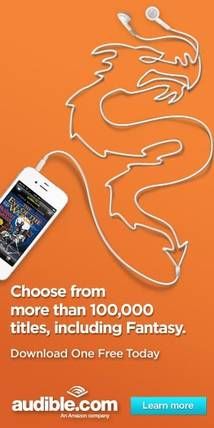
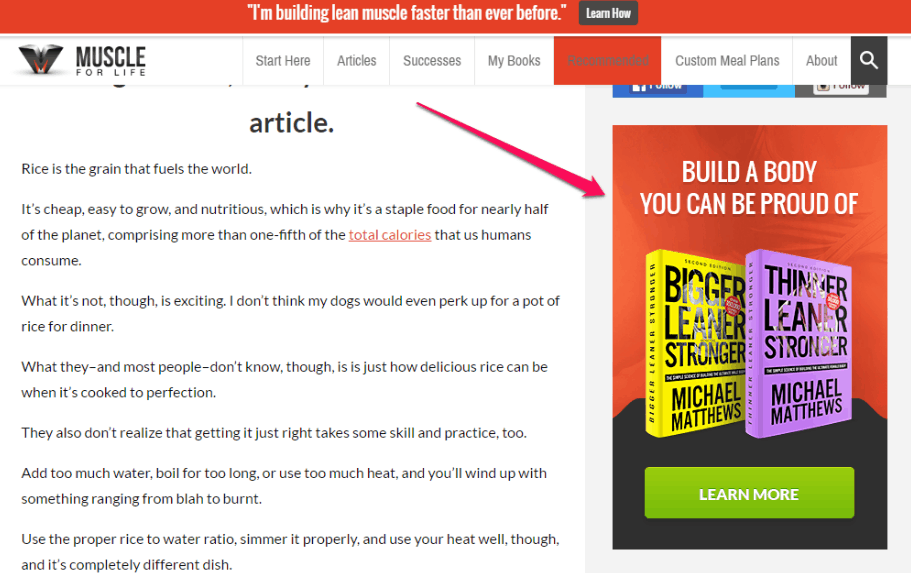


Billboard Ad
This is a very short ad you mention at any point during your podcast. Unlike pre-roll, post-roll, or mid-roll ads, this one only lasts about 10 seconds. You generally can’t charge as much for them as you could other types of ads.
Brand Awareness Ads
Many large brands just want exposure. They don’t need to track clicks or prove clear ROI. This kind of ad just creates awareness.
Branded Content
Some sponsors will pay you to create content that specifically promotes their brand. For instance, a publisher of a new history book might pay a history podcast to create an episode about the book’s topic. The podcaster would mention the book throughout the episode.
Blue Chip Advertiser
This is a large corporate advertiser. They generally don’t track ROI closely. Some examples: Toyota, Intel, or Red Bull.
Cost Per Acquisition (CPA)
This is your sponsor’s cost to acquire one customer. They want to drive this metric as low as possible by choosing high quality, well targeted sponsorship opportunities.
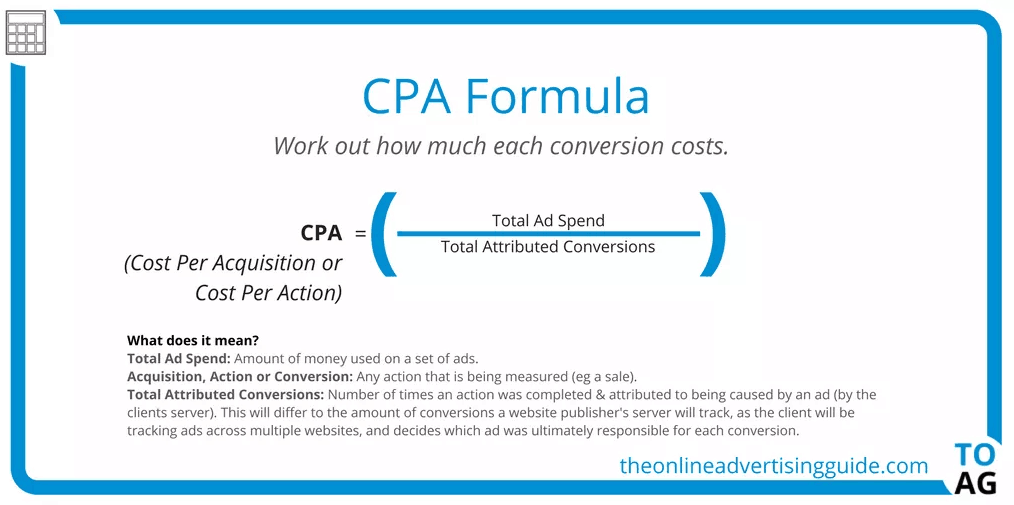
Cost Per Mille (CPM)
This refers to the cost of an ad per thousand listeners (mille is Latin for thousand). Most podcasts charge between $18 and $50 per thousand listeners, though some of the biggest podcasts in the world can charge much more. If you charge $22 CPM and an episode gets 12,000 listeners, you can charge the sponsor $264 per ad. If you give them a pre-roll, mid-roll, and post-roll ad, that comes out to $792.
Related: How to Monetize a Podcast (15 Profitable Strategies)
Coupons/Offers/Codes
These go by a lot of names, but they refer to special codes your listeners can use on your sponsor’s website to get a deal. Example: “Head to Acme.com and use the code PODCAST10 for 10% off your order.”
Cancelation Clause
In most sponsorship agreements, both sides have the right to cancel at any time. But podcasters typically create their episodes in advance. One or two episodes are already in the editing/production/marketing queue when a sponsor cancels, so cancellation clauses usually require the sponsor to pay for more time (usually 14 days) or more episodes (usually two).
Related: 4 Ways to Stay Consistent with Your Podcast Editorial Calendar (and Avoid Podfading)
Delivery Time
This refers to the amount of time that’s required to deliver a sponsorship package. If you produce two episodes per week and have sponsorship messages booked for six episodes, your delivery time is three weeks.
Direct Response Marketing
This is a type of marketing where your sponsors can track their results. They might give you a special URL to give to your listeners. They’ll measure the amount of traffic that uses the URL to evaluate the effectiveness of the ad.
Downloads
This metric refers to the number of people who downloaded your episode to their device. Advertisers use it to gauge how many people their ads will reach. It’s not a perfect metric (because some people will download on multiple devices and some people will download once and listen together), but it’s still useful. Downloads are usually measured over the first two months.
Evergreen Content
This refers to content that’s applicable at any time because it’s not tied to an event, news story, or time period. Advertisers like episodes with evergreen content because listeners will continue to download long after the episode is published.
Extra Media Reach
This refers to the amount of exposure a sponsor beyond the number of people who hear your podcast ad. For example, you might plug your sponsor in a Facebook post or add their logo to your website. Identifying how much reach your sponsors get and how much that’s worth is very difficult. The best advice we can give is to experiment with multiple prices until you find one people are willing to pay.
You can charge more for extra media reach, but it means you have to build out some other marketing channels, like YouTube, Facebook, and your email list.
Related: How to Promote a Podcast on Social MediaR
Insertion Order
This is the final document where a sponsor commits to run a campaign through your podcast. Once you have an insertion order, you’re obligated to deliver their ad per the terms of the agreement.
Limited Time
This refers to ads that are only included for a specified period of time. You might say, for instance, that the ad will be available for five weeks. When the time period if over, you can remove the ad or replace it with another.
Listeners
This is synonymous with downloads, referring to the number of people who download your episode.
Live Read Ad
A live read is when you read the ad while you record your show, as opposed to a separately recorded ad you include during editing.
Mid-Roll Ad
This is an ad you mention near the middle of your podcast. Mid-roll ads are worth more than pre- and post-roll ads because listeners are less likely to skip through them. It usually lasts 15-60 seconds.
Off Script
The podcaster uses his or her own words to promote the sponsor. The sponsor typically provides talking points for the host to work from.
On Script
The podcast reads from a prepared script. You would collaborate with the sponsor to create the right script.
Related: How Deep Do You Need to Go with a Podcast Script?
Oopsie Clause
This is a clause in a sponsorship agreement that protects the sponsor if you read their ad incorrectly or give out wrong information. It can go by many names. Typically the clause outlines what you’ll do in the event of a mistake, like give the sponsor a free plug to make good on your deal.
Outro
These are the final words of your podcast, usually where you announce your next episode, prompt your listeners to subscribe or follow you on social media, and deliver any relevant news. Some podcasters use this opportunity to plug their sponsor one more time.
Permanently Recorded
This is when you include the ad in your podcast forever. Listeners will hear the ad whether they listen on publish day or years later.
Podcast Ad Platform
A marketplace where podcasters and sponsors meet to buy and sell ads. It takes a lot of the work out of selling ads, but you pay a cut to the platform. Here are several.
Podcaster
Some podcasts are teams of people or robust businesses, but in regards to advertising, this term typically refers to the host of a podcast. The sponsorship agreement will have instructions for the host.
Podcatcher
This refers to a type of software listeners use to play podcast. iTunes, for example, is one of the most popular podcatcher. Some more examples are SoundCloud, Pocket, Spreaker, Spotify, Stitcher, and Overcast. Advertisers want to see that your podcast is available in as many places as possible.
Pre-Recorded Ad
This is an ad recorded separately from the episode. You ad it to the episode during editing. The opposite is a live read ad.
Post-Roll Ad
This is an ad you mention at the end of your podcast. It’s worth the same as a pre-roll ad. It lasts about 15-60 seconds.
Pre-Roll Ad
This an ad that you mention at the beginning of your podcast. Some podcast hosts play the ad before any other content. Some play a short intro snippet first to entice the listener to stick around. It’s worth the same as a post-roll ad. It lasts about 15-60 seconds.
Rate Card
This is a document that describes your sponsorship packages, including their prices, placement options, and related services. These prices are the maximum your sponsors will pay. They may ask to pay less during negotiations.
Return on Investment (ROI)
This is how much profit your sponsors get from the sponsorship package. Help them get their ROI as high as possible so they don’t seek other opportunities.
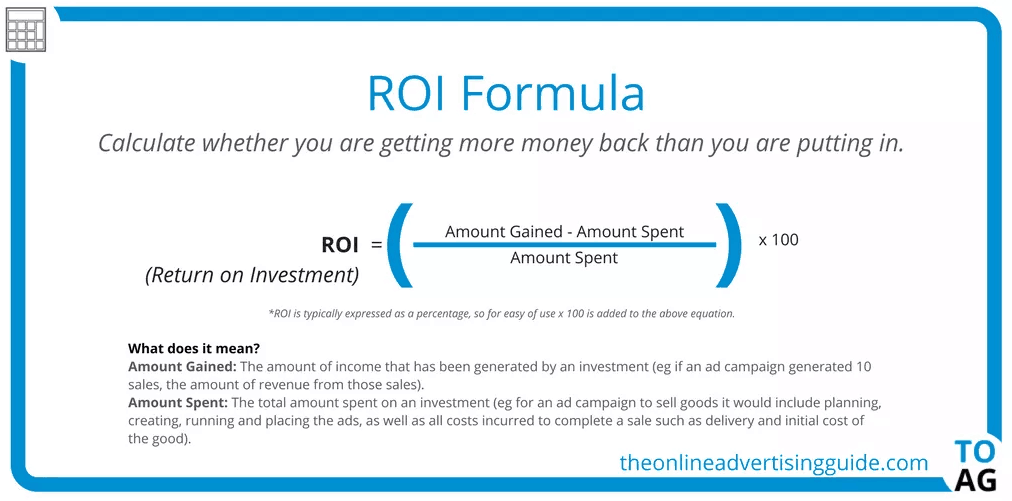
Show Notes
In regards to advertising, this refers to the notes you place on a web page describing the episode, not the personal notes you create to host it. You can offer to plug your sponsor in the show notes.
Sponsor/Advertiser
These terms are used interchangeably, but they typically mean the same thing. A sponsor or advertiser is someone who pays you money. In exchange, you mention them at some point throughout your episode. Sponsorship arrangements can vary widely depending on the sponsor’s goals, their product, and your audience.
Sponsorship Package
This is an advertising product you sell to the sponsor. For instance, a package might come with one pre-roll and mid-roll ad per episode, 3 Facebook posts, 10 tweets, and a plug in your newsletter. You or the sponsor could design the package.
Talking Points
These are notes or bullet points your sponsor gives you about the product or service they want you to promote. These are your foundation for the ad whether or not you use a script.
Total Package Reach
This number calculates the total number of people your ad will reach. It includes all of your listeners, your social media following, your email list, and your website page visits. Yes, sponsors know this number is slightly inflated because many people get counted multiple times.
Unique IP
Some sponsors want to know how many unique IP addresses downloaded your episode. This is a useful metric, but it’s not perfect. On one hand, it helps distinguish between listeners who download the episode on multiple devices. On the other hand, it might unintentionally group multiple listeners together who download on the same network.
Beyond this Podcast Advertising Glossary
Hopefully this podcast advertising glossary makes you more comfortable seeking sponsorship opportunities. Advertising isn’t the only way to make money with your podcast, however. For more ways to monetize your podcast read our full guide.
